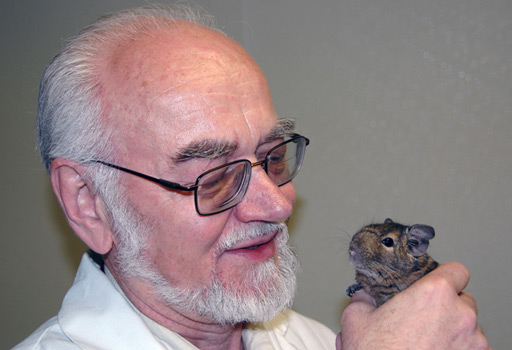4 From animal to human emotions
Another way of conceptualising basic emotions is in terms of the motivations that they give the animal experiencing them. The
The seven primal emotions, sometimes referred to as ‘emotional feelings’ or ‘emotional systems’, according to Panksepp (2010) are:
- SEEKING
- PLAY
- LUST
- CARE
- RAGE
- FEAR
- PANIC/GRIEF (note that Panksepp originally labelled this ‘PANIC’, but his later work re-conceptualised it as ‘GRIEF’).
According to Panksepp’s theory, SEEKING, PLAY, LUST and CARE are all ‘positive’ emotions, in that they are rewarding and motivate the animal to continue a behaviour or seek out a stimulus. RAGE, FEAR and PANIC/GRIEF, on the other hand, are considered to be ‘negative’ emotions, which motivate the animal to discontinue a behaviour or avoid a stimulus.

